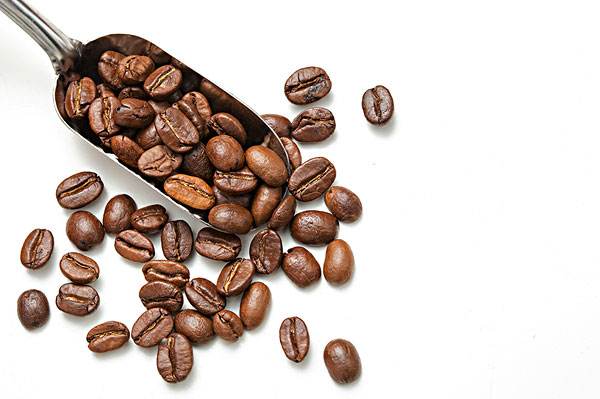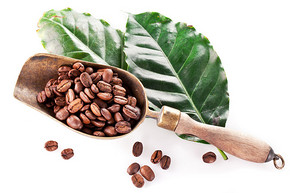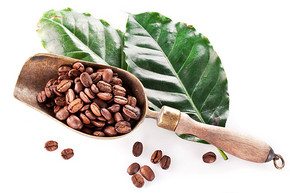An introduction to the history of coffee in Ecuador
Pay attention to coffee reviews (Weixin Official Accounts vdailycom ) and find a beautiful cafe to open your own shop
Coffee arrived in Manabi province in Ecuador only around 1860, then spread throughout the region, and began exporting to Europe from Manta port in 1905. Ecuador is one of the few countries where Arabica and Robusta are grown.
When pests hit cocoa trees in the 1920s, many farmers turned their attention to coffee. Coffee exports began to take off in 1935, and the production of 220,000 bags increased to 1.8 million bags in 1985. The global coffee crisis of the 1990s inevitably reduced domestic production. In 2011, annual production recovered to about 1 million bags. Coffee was Ecuador's main export cash crop until the 1970s, but it was later replaced by oil, shrimp and bananas.
Ecuadorians consume more instant coffee than fresh coffee. Interestingly, because Ecuadorian coffee production costs are not low, instant coffee manufacturers must import from Vietnam rather than use local coffee.

Ecuadorian coffee quality reputation is not high, one of the reasons is that 40% of the total production is Robusta, most Ecuadorian coffee export quality is relatively low. To keep costs down, many beans are harvested after drying in trees or yards, a process known locally as café en bola. This type of coffee is often used to make instant coffee, and 83% of the country's export coffee is solarized. Colombia is one of the main importers because instant coffee makers in Colombia are willing to pay higher prices than local Ecuadorian traders. This is because the Colombia coffee brand is strong in the export market and therefore relatively expensive.
Although coffee has a long history in Ecuador, it is only now that people are beginning to think that coffee here has great potential. There are absolutely excellent geographical conditions and climate to produce high-quality coffee, and it remains to be seen whether the investment in the specialty coffee industry in recent years will improve the overall quality of coffee in Ecuador in the future.
Ecuador is one of the few countries in the world that can produce two coffee varieties at the same time. One of them is arabica. It has a higher acidity and is used to make fine coffee. Another variety is Robusta coffee, which has a stronger flavor and is mainly used in instant coffee powder.
Important Notice :
前街咖啡 FrontStreet Coffee has moved to new addredd:
FrontStreet Coffee Address: 315,Donghua East Road,GuangZhou
Tel:020 38364473
- Prev

Guatemalan coffee grading reference and raw bean information
Following Cafe Review (Wechat official account vdailycom) found that the good Cafe opened a small shop of its own Guatemala Coffee rating reference SHB (Strictly Hard Bean): coffee beans growing above 4500 feet above sea level. HB (Hard Bean): coffee beans that grow above 4000 feet above sea level. The higher the altitude, the slower the growth of coffee beans, the tighter the structure, and the more mellow the taste.
- Next

Cultural Development of Coffee beans in Ecuador
Following caf é comments (Wechat official account vdailycom) found that Beautiful Cafe opened a small shop of its own Ecuador has become one of 14 countries in the world that can grow two kinds of coffee trees at the same time because of its unique geographical and environmental factors. 20 of Ecuador's 24 provinces grow coffee crops, and each province has its own unique characteristics.
Related
- Detailed explanation of Jadeite planting Land in Panamanian Jadeite Manor introduction to the grading system of Jadeite competitive bidding, Red bid, Green bid and Rose Summer
- Story of Coffee planting in Brenka region of Costa Rica Stonehenge Manor anaerobic heavy honey treatment of flavor mouth
- What's on the barrel of Blue Mountain Coffee beans?
- Can American coffee also pull flowers? How to use hot American style to pull out a good-looking pattern?
- Can you make a cold extract with coffee beans? What is the right proportion for cold-extracted coffee formula?
- Indonesian PWN Gold Mandrine Coffee Origin Features Flavor How to Chong? Mandolin coffee is American.
- A brief introduction to the flavor characteristics of Brazilian yellow bourbon coffee beans
- What is the effect of different water quality on the flavor of cold-extracted coffee? What kind of water is best for brewing coffee?
- Why do you think of Rose Summer whenever you mention Panamanian coffee?
- Introduction to the characteristics of authentic blue mountain coffee bean producing areas? What is the CIB Coffee Authority in Jamaica?

